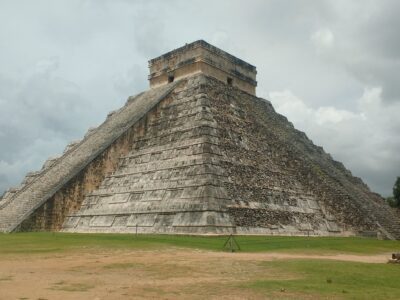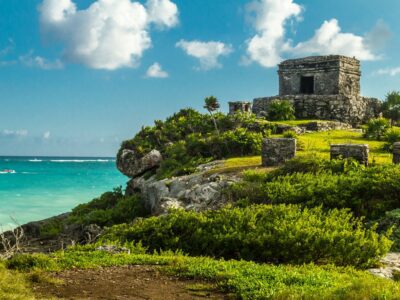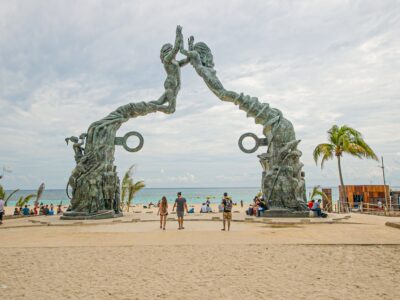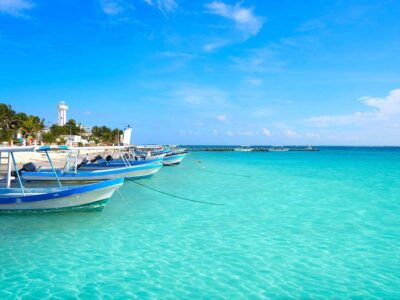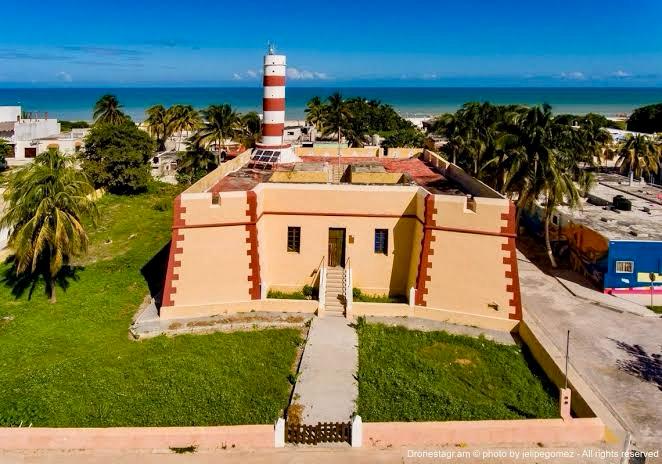Located on the northwest coast of Yucatán, the port of Sisal was the most important commercial hub in the region during the 19th and early 20th centuries. Its name resonates in history as a symbol of the state’s economic boom, thanks to henequen, known as the “green gold.” The curious thing is that this port, which was once the main connection point between Yucatán and the rest of the world, left an indelible mark by giving its name in English to this plant: sisal.
Founded in 1811, Sisal quickly became the entry and exit door for products to and from Yucatán. During its heyday, this port was the peninsula’s main commercial link with Europe, the United States, and other parts of the world. Ships loaded with bales of henequén left their docks for international markets, carrying with them a product that would revolutionize the agriculture, construction, and navigation industries thanks to its resistant and durable fibers.

Henequén, a native plant of Yucatán, acquired monumental importance in the state’s economy. Its fibers were used to make ropes, sacks, and other essential products in a time before the rise of synthetic materials. For this reason, Yucatán became one of the most prosperous states in Mexico at that time, and Sisal was its commercial epicenter.
Sisal’s impact was not limited to its function as a port. Foreign traders, who exported huge quantities of henequen from this point, began to refer to the product as “sisal”, the name of the place from which it was shipped. Thus, the word was adopted as the English term for henequen, perpetuating the legacy of this port in international nomenclature.
Today, “sisal” is the global name for this natural fiber, despite the fact that the port that gave it its name lost its prominence decades ago. With the development of Progreso, a larger and more modern port near Mérida, Sisal began its decline in the late 19th century. By the middle of the 20th century, it had already been relegated to a place of minor importance in terms of trade.

Today, Sisal is a quiet coastal town known more for its natural beauty than its historical legacy. Its virgin beaches, mangroves, and biodiversity have made it an emerging tourist destination. However, its streets and its old lighthouse are silent reminders of the time when Sisal was the economic engine of Yucatán and the bridge between the world and the “green gold” that brought prosperity to the region. The port of Sisal is a living testimony of how a small town can influence global history through economy and culture. Although it is no longer the port that connected Yucatán with the world, its name continues to be synonymous with henequén, a legacy that endures over time and collective memory.
By Roberto García Hidalgo for The Yucatan Times.
TYT Newsroom
The post Sisal, Yucatán: The port that marked a golden era in the history of henequén first appeared on The Yucatan Times.








